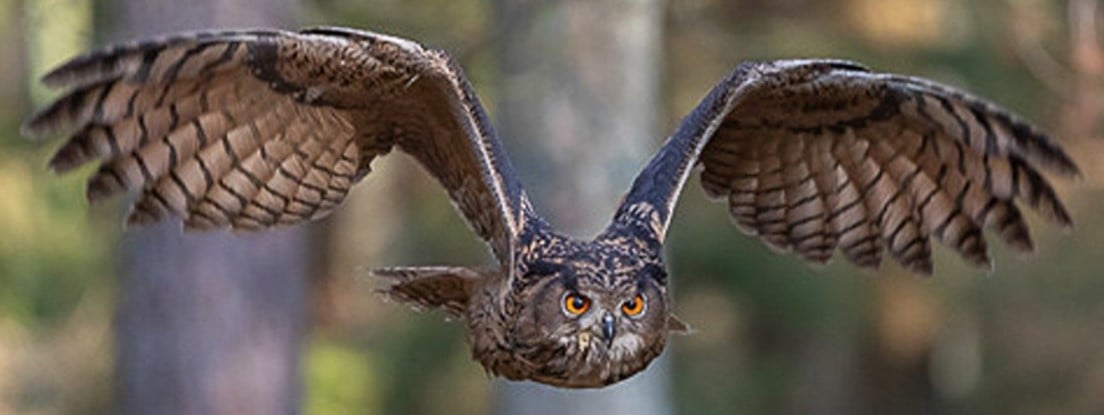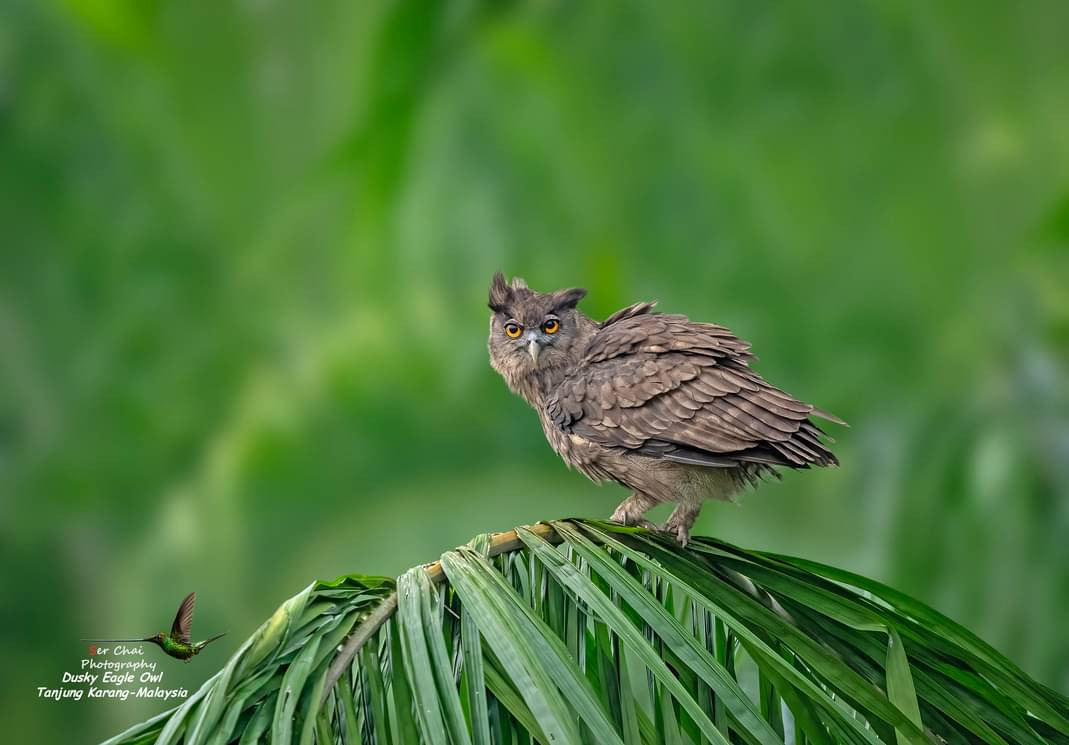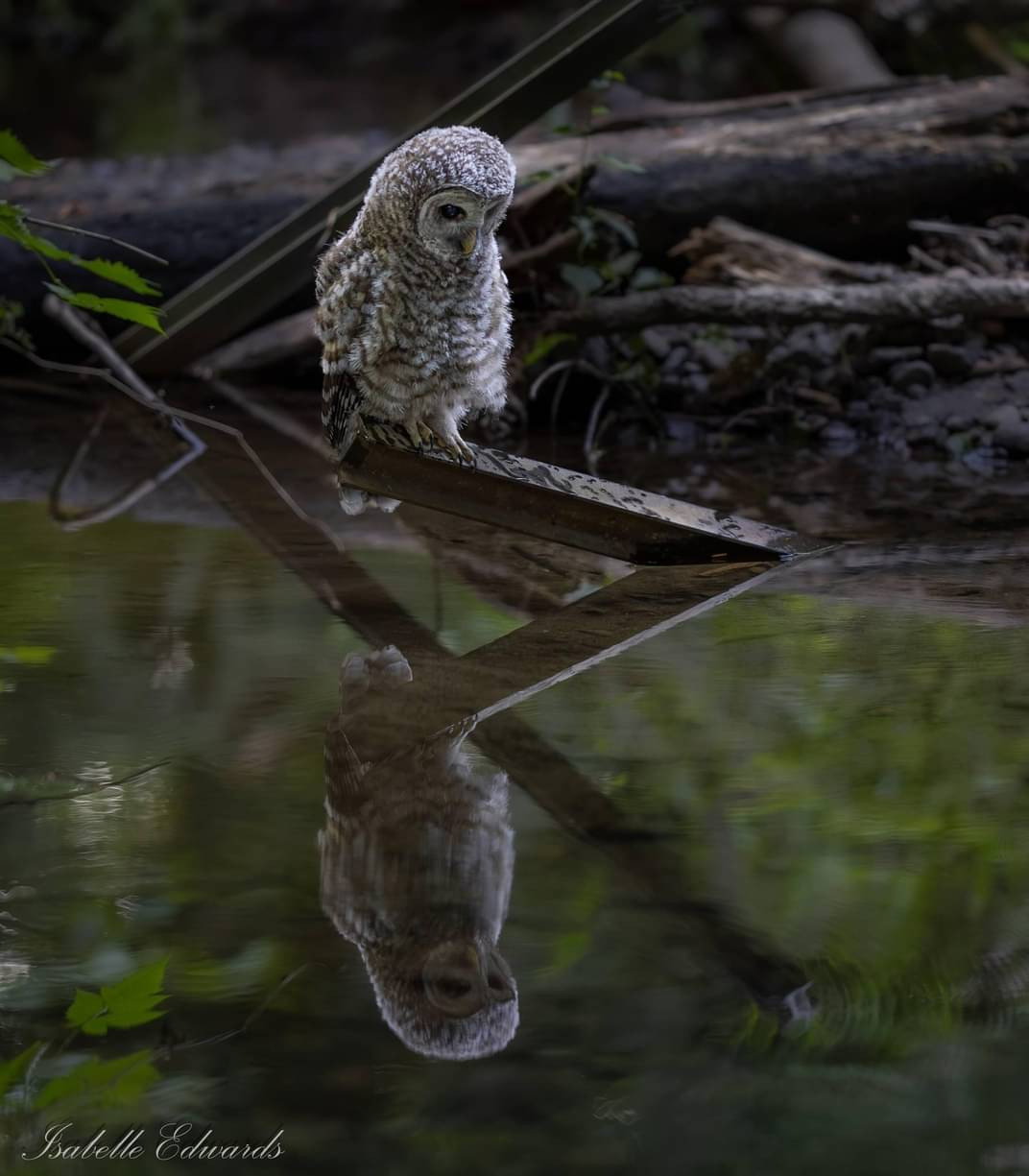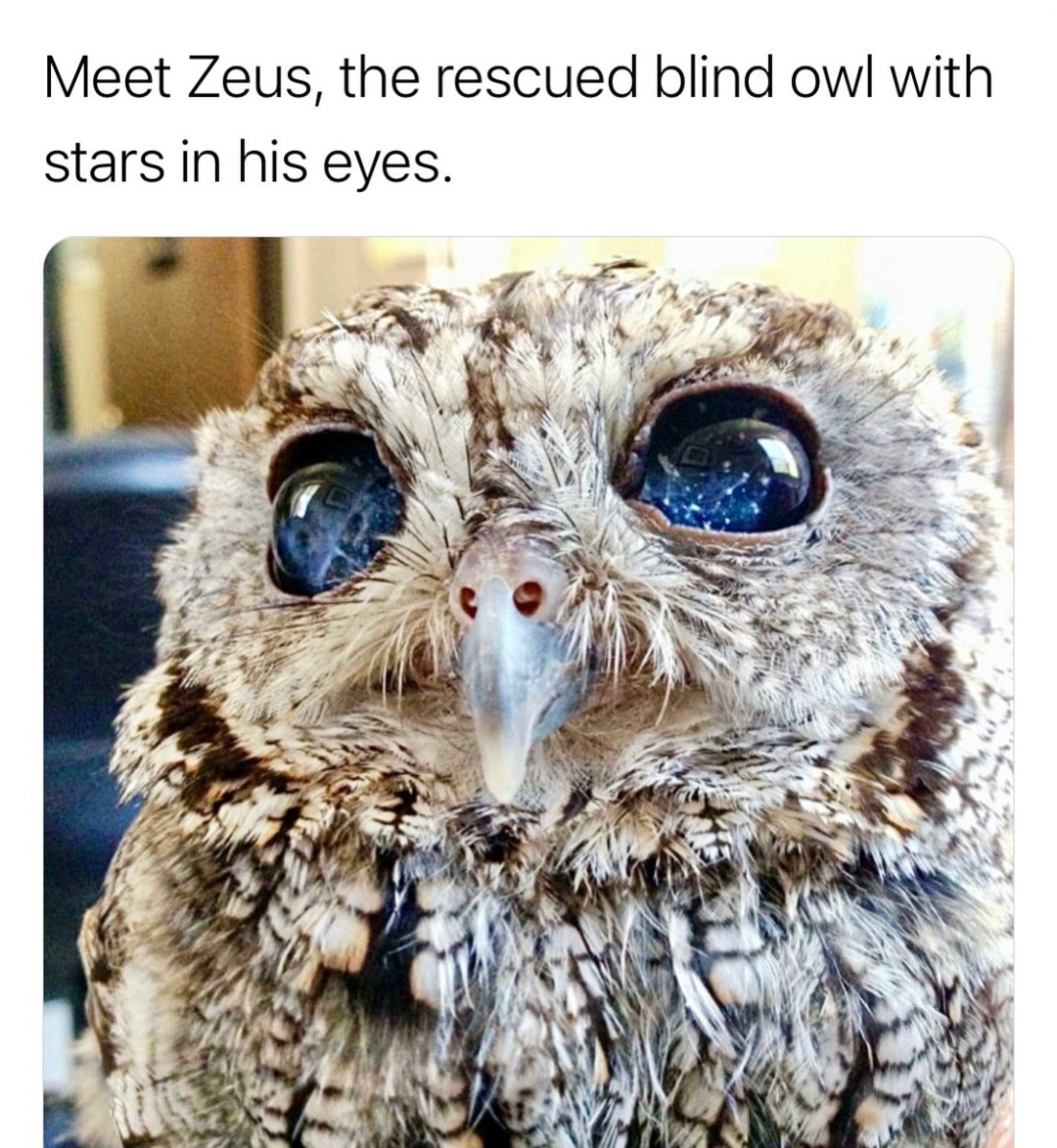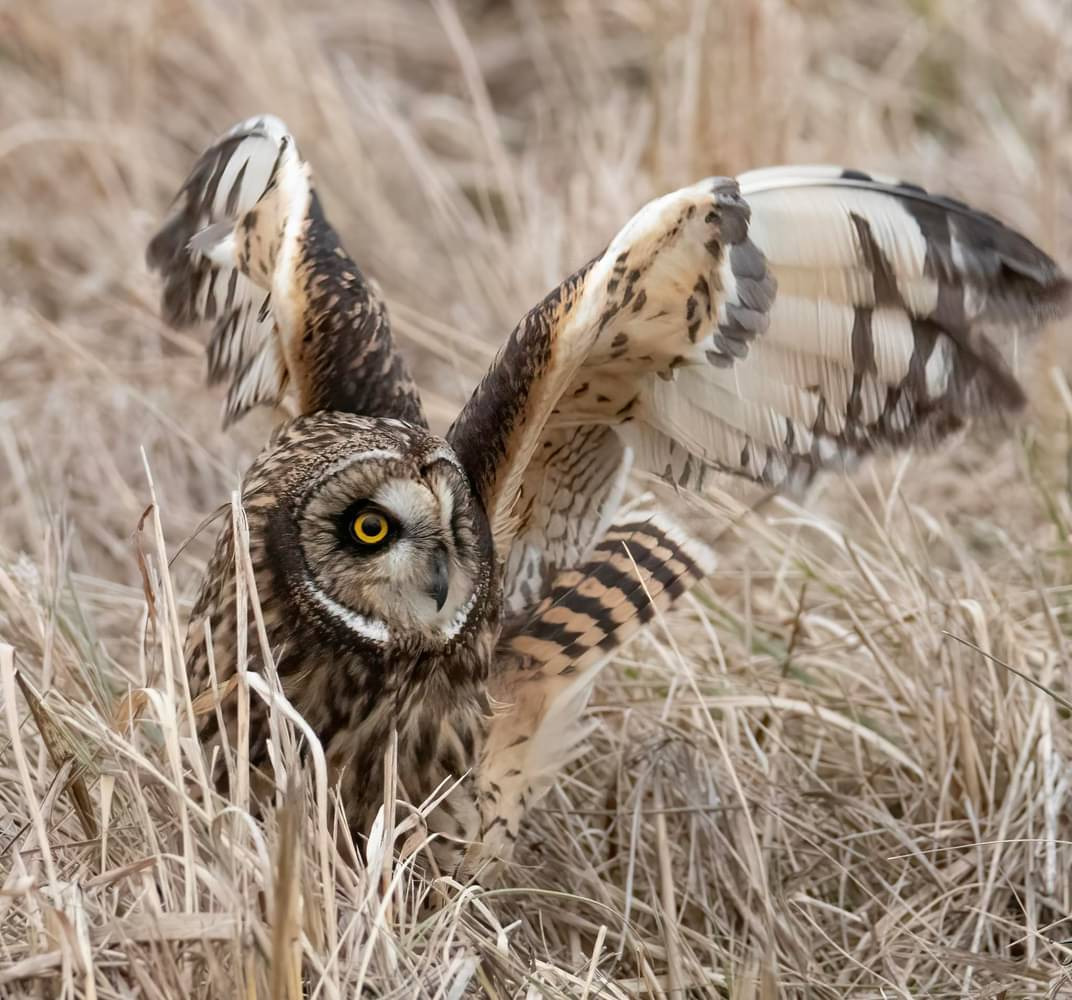*Janet Johnson, natural resources program manager for the Oregon Military Department, on June 11, 2025, places a burrowing owl on a digital field scale during monitoring operations at the Rees Training Center near Hermiston. Weight measurements are part of the comprehensive data collection that tracks the health and development of the owls in what has become the most successful burrowing owl colony in the United States. *
From The Hermiston Herald
Deep in the sandy terrain of Rees Training Center, a small owl with bright yellow eyes peered from an artificial burrow that became home to the most successful burrowing owl colony in the United States. What began as a desperate conservation effort in 2008 has transformed into a major regional success story. The Rees Training Center outside Hermiston, which serves as the Oregon Military Department’s premier training facility for the Oregon National Guard, also is the home of hundreds of burrowing owls. The National Guard training installation now hosts more than 100 nesting pairs of the diminutive raptors, a dramatic increase from four remaining pairs 17 years ago.
“This has become one of the most successful colonies in the United States right now,” said Janet Johnson, natural resources program manager for the Oregon Military Department. “Last year was a bumper crop. We had an amazing amount of forage, and the population doubled from 2023 to 2024.”
The changes in the owl population are the result of interventions, observation and research David H. Johnson and his team conducted during the past decade and a half at the Raymond F. Rees Training Center at the former Umatilla Chemical Depot a few miles west of Hermiston.
“This is a rescue mission, and it’s working,” said Johnson of the repopulation attempt.
The colony’s success stems from a partnership between the Oregon Military Department, the Confederated Tribes of the Umatilla Indian Reservation and the wildlife researchers Johnson leads. The information for this story combines a 2024 East Oregonian article and a recent press release from the Oregon Military Department.
Deer, badgers affected
Burrowing owls, when fully grown, weigh about 6 ounces, with the females being slightly larger than the males, especially before laying eggs and incubating them. They’re about 6.5 inches tall with a wingspan of about 23 inches. Johnson, director of the Global Owl Project, said to imagine the small birds like “an orange with wings.”
In 1969, 14 pronghorn antelopes were introduced to the depot grounds. With time, their population grew and then began to crash. Managers believed coyotes were hunting young pronghorns, so they started a coyote control program, which accidentally resulted in trapping badgers, leading to no tunnels for the owls to nest in.
The cause of the pronghorn population decline has since been attributed to inbreeding causing low genetic diversity, but the damage to the badger and owl populations was done.
When those natural badger burrows disappeared because of the control program and also because of decades of military development, Johnson’s research team developed an artificial burrow system using repurposed apple juice barrels from a local processing plant.
A beneficial partnership
Each artificial burrow consists of two chambers — one for nesting and another for food storage – connected by irrigation tubing that serves as the entrance tunnel. The system is designed to last 10-15 years and can be relocated when military training requirements change.
“My No. 1 job here is to ensure that the military can continue to train on this parcel into perpetuity,” Johnson said. “In order to do that, they need a healthy ecosystem without restrictions from endangered species or species of concern. Those tend to go together quite nicely.”
The owls are an important part of the local ecosystem, Johnson said, mentioning they eat small mammals such as mice as well as insects.
The population has rebounded in a huge way in just a few generations, without relocating owls from other populations or doing any captive breeding. And the badgers are beginning to return, as well. Last year,
Johnson said he believed a badger dug three natural tunnels.
The program demonstrates how military installations can balance training missions with conservation goals.
The research has contributed to around 10 scientific discoveries about burrowing owl behavior and biology, with studies ranging from vocalization patterns to migration tracking using GPS transmitters. And Lt. Col. Mark Timmons, incoming commander of the 249th Regional Training Institute at Rees Training Center, said his soldiers frequently train in areas near the owl burrows.
Johnson said the tribe has offered not only land but also also support to the efforts. “The tribal side and the Oregon Military Department biologists work together to manage the colony as a whole,” he said.
Lindsay Chiono, wildlife habitat ecologist for the Confederated Tribes of the Umatilla Indian Reservation, leads tribal conservation efforts on adjacent lands to the training center, where about two-thirds of the colony’s burrows are located.
“The burrowing owl is essential to the health of the shrub-steppe ecosystem, and it is a species of special cultural significance to CTUIR,” said Chiono. “The team of researchers and land managers contributing to the project formed strong relationships around a shared, simple goal: for this burrowing owl population to flourish. To see our efforts succeed beyond expectations has been immensely gratifying.”
Model of success
The colony’s success has made it a model for other military installations across the Department of Defense, demonstrating conservation and military readiness can coexist.
Chiono said the population in Umatilla County is now a Pacific Northwest stronghold for burrowing owls, but the overall population is still declining. “We have a long way to go to secure the owls’ future,” she said. “Burrowing owl populations are declining throughout their range, and they need more from us. We humans must do a better job of protecting the owl habitat that remains, and we must learn to live with our wild neighbors, like the badgers who build owl burrows for free.”
Johnson’s words echoed hers.
“We all need to work together for conservation,” he said. “I still hold onto the perspective that we want to keep common species common and keep them off of the endangered species list.”
